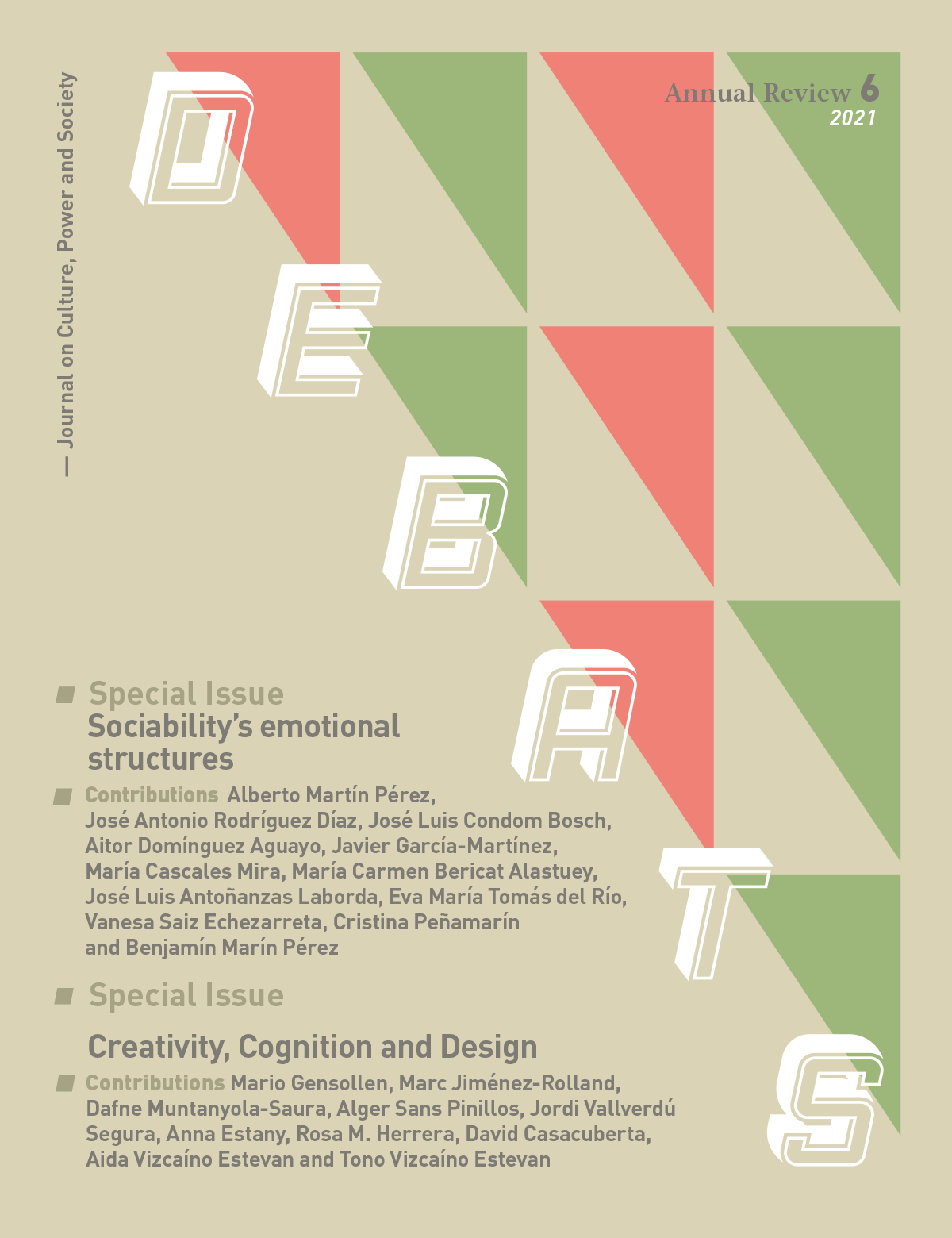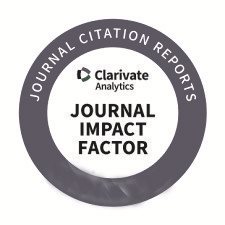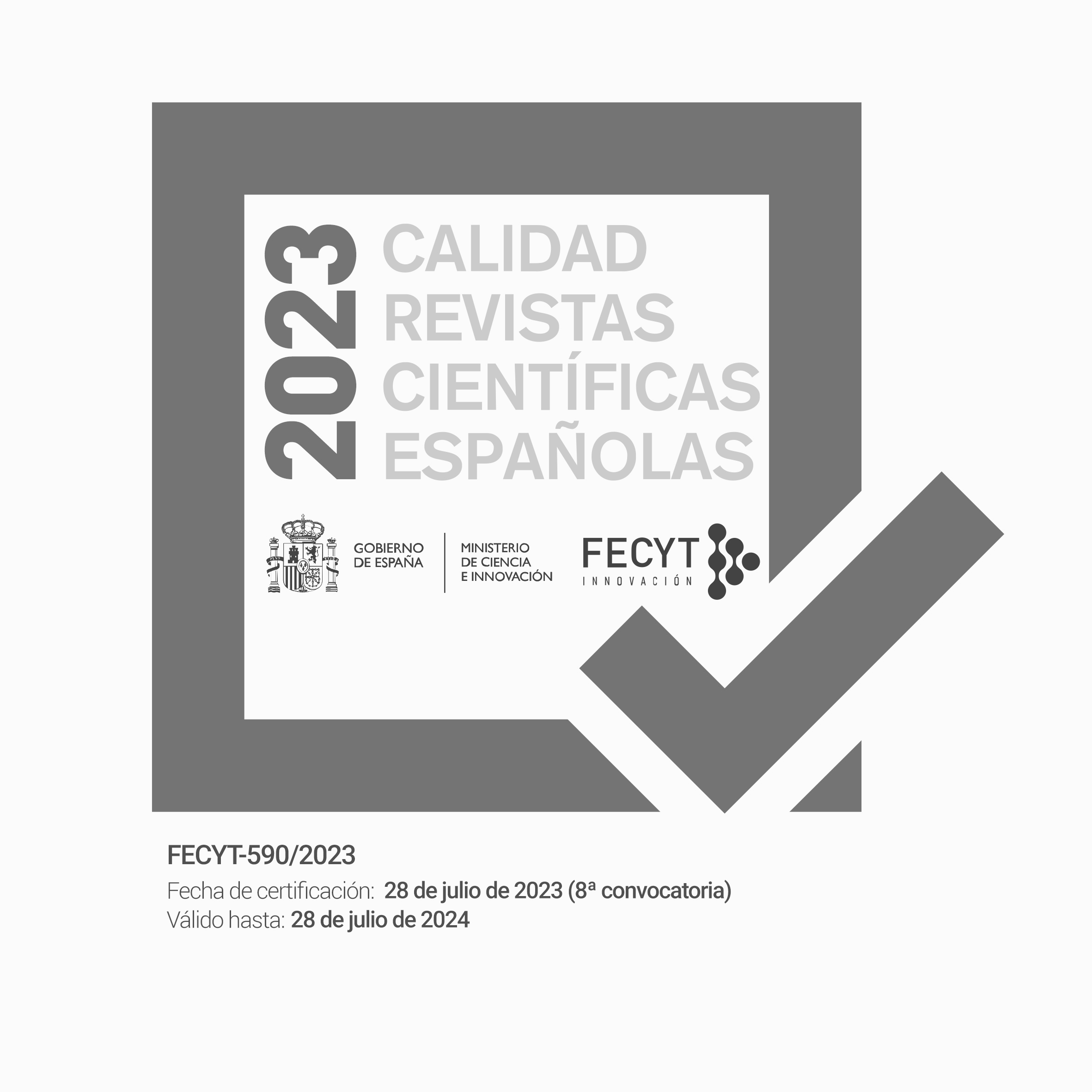Creativity, Humour, and Cognition
DOI:
https://doi.org/10.28939/iam.debats-en.2021-7Abstract
This paper explores some aspects of the scientific study of creativity by focusing on intentional
attempts to create instances of linguistic humour. We argue that this sort of creativity can
be accounted for within an influential cognitive approach but that said framework is not a
recipe for producing novel instances of humour and may even preclude them. We start by
identifying three great puzzles that arise when trying to pin down the core traits of creativity,
and some of the ways taken by Cognitive Studies in this quest. We then consider what we call
‘creative humour’, which exhibits the core features of the aforesaid creativity. We then explore
how a key cognitive approach to human communication can account for creative humour.
We end by drawing lessons and highlighting limitations to cognitive approaches to creativity.
Downloads
References
Amabile, T. (1987). The Motivation to be Creative. In S. Isaksen (ed.), Frontiers of Creativity Research: Beyond the Basics
(pp. 223-254). Buffalo: Bearly Limited.
Amir, O., and Biederman, I. (2016). The Neural Correlates of Humor Creativity. Front. Hum. Neurosci, 10, 597.
Arieti, S. (1976). Creativity: The Magic Synthesis. New York: Basic Books.
Beermann, U., and Ruch, W. (2009). How Virtuous is Humor? Evidence from Everyday Behavior. Humor: International
Journal of Humor Research, 22(4), 395-417.
Bermúdez, J. (2014). Cognitive Science. An Introduction to the Science of Mind. (2nd ed.). Cambridge: Cambridge
University Press.
Bermúdez, J. (2005). Philosophy of Psychology. A Contemporary Introduction. New York: Routledge.
Boden, M. (2004). The Creative Mind: Myths and Mechanisms. London: Routledge.
Boden, M. (2009). Creativity: How Does It Work? In M. Krausz, D. Dutton and K. Bardsley (eds.), The Idea of Creativity
(pp. 237-250). Leiden: Brill.
Boden, M. (2016). AI: Its Nature and Future. Oxford: Oxford University Press.
Carroll, N. (2014). Humour: A Very Short Introduction. Oxford: Oxford University Press.
Chan, Y-C., Chen, H-C., and Lavallee, J. (2013). The Impact of Gelotophobia, Gelotophilia and Katagelasticism on
Creativity. Humor: International Journal of Humor Research, 26(4), 609-628.
Cropley, A. (2011). Definitions of Creativity. In M. Runco and S. Pritzker (eds.), Encyclopedia of Creativity (2nd ed.)
(pp. 511-524). San Diego: Academic Press.
Curcó, C. (1995). Some Observations on the Pragmatics of Humorous Interpretations: A Relevance-Theoretic
Approach. UCL Working Papers in Linguistics, 7, 27-47.
Curcó, C. (1997). The Pragmatics of Humorous Interpretations: A Relevance-Theoretic Account. Unpublished PhD
Dissertation. London: University College London.
Davies, G., and Subkoviak, M. (1975). Multidimensional Analysis of a Personality-Based Test of Creative Potential.
Journal of Educational Measurement, 12(1), 37-43.
Dietrich, A., and Kanso, R. (2010). A Review of EEG, ERP, and Neuroimaging Studies of Creativity and Insight.
Psychological Bulletin, 136, 822-848.
Estany, A., and Herrera, R. (2016). Innovación en el saber teórico y práctico. London: College Publications.
Getzels, J., and Jackson, P. (1962). Creativity and Intelligence. New York: Wiley.
Gibson, J. (2019). An Introduction to the Psychology of Humor. New York: Routledge.
Gordon, W. (1962). Synectics. New York: Harper.
Hobbes, T. (1651). Leviathan. Cambridge: Cambridge University Press, 1991.
Hong, N. (2010). Mow’em All Down Grandma: The “Weapon” of Humor in Two Danish World War II Occupation
Scrapbooks. Humor: International Journal of Humor Research, 23(1), 27-64.
Howard-Jones, P., Blakemore, S., Samuel, E., Summers, I., and Claxton, G. (2005). Semantic Divergence and Creative
Story Generation: An fMRI Investigation. Cogn. Brain Res., 25, 240-250.
Hurley, M., Dennett, D., and Adams, R. (2011). Inside Jokes: Using Humor to Reverse-Engineer the Mind. Cambridge:
MIT Press.
Jodłowiec, M. (1991). What Makes Jokes Tick? UCL Working Papers in Linguistics, 3,241-253.
Kellner, R., and Benedek, M. (2016). The Role of Creative Potential and Intelligence for Humor Production. Psychology
of Aesthetics, Creativity and the Arts. Advance online publication.
Koestler, A. (1964). The Act of Creation. London: Hutchinson.
Kronfeldner, M. (2009). Creativity Naturalized. The Philosophical Quarterly, 237(59), 577-592.
Limb, C., and Braun, A. (2008). Neural Substrates of Spontaneous Musical Performance: An fMRI Study of Jazz
Improvisation. PLoS ONE, 2(3), e1679.
Mankoff, R. (2009). Foreword. In J. Morreall, Comic Relief: A Comprehensive Philosophy of Humor (pp. ix-x). Malden:
Wiley-Blackwell.
Maslow, A. (1971). The Father Reaches of Human Nature. New York: Viking Press.
Morreall, J. (2009). Comic Relief: A Comprehensive Philosophy of Humor. Malden: Wiley-Blackwell.
Murdock, M., and Ganim, R. (1993). Creativity and Humor: Integration and Incongruity. Journal of Creative Behavior,
(27), 57-70.
O’Quin, K., and Derks, P. (2011) In M. Runco and S. Pritzker (eds.), Encyclopedia of Creativity (2nd ed.) (p. 511-524).
San Diego: Academic Press.
Papineau, D. (2006). Naturalist Theories of Meaning. In E. Lepore and B. Smith (eds.),The Oxford Handbook of
Philosophy of Language (pp. 175-188). Oxford: Clarendon Press.
Rouff, L. (1975). Creativity and Sense of Humor. Psychological Reports, 37, 1022.
Scruton, R. (1982). Laughter. Proceedings of the Aristotelian Society, 56, 197-212.
Sperber, D., and Wilson, D. (1987). Précis of Relevance: Communication and Cognition. Behavioral and Brain Sciences,
, 697-754.
Sperber, D., and Wilson, D. (1995). Relevance: Communication and Cognition (2nd ed.). Oxford: Blackwell.
Sprevak, M. (2016). Philosophy of the Psychological and Cognitive Sciences. In P. Humphreys (ed.),The Oxford
Handbook for the Philosophy of Science (pp. 92-114). New York: Oxford University Press.
Stokes, D. (2007). Incubated Cognition and Creativity. Journal of Consciousness Studies, 14, 83-100.
Stokes, D., and Paul, E. (2016). Naturalistic Approaches to Creativity. In J. Sytsma and W. Buckwalter (eds.), A
Companion to Experimental Philosophy (pp. 318- 333). Malden: Wiley-Blackwell.
Torrance, P. (1966). Torrance Tests of Creative Thinking. Princeton: Personnel Press.
Treadwell, Y. (1970). Humor and Creativity. Psychological Reports, 26, 55-58.
Ward, E. H., Hickey, K. J., and Richards, K. T. (2020). Drug Pricing and Pharmaceutical Patenting Practices. Washington:
Congressional Research Service.
Wilson, D., and Sperber, D. (2004). Relevance Theory. In L. Horn and G. Ward (eds.), The Handbook of Pragmatics
(pp. 607-632). Oxford: Blackwell.
Wyer, R., and Collins, J. (1992). A Theory of Humor Elicitation. Psychological Review, 99(4), 663-688.
Yus, F. (2016). Humour and Relevance. Amsterdam: John Benjamins.
Yus, F. (2017). Relevance-Theoretic Treatments of Humor. In S. Attardo (ed.), The Routledge Handbook of Language
and Humor (pp. 189-203). New York: Routledge.
Ziv, A. (1976). Facilitating Effects of Humor on Creativity. Journal of Educational Psychology, 68(3), 318-322.
Downloads
Published
How to Cite
Issue
Section
License
Without prejudice to the provisions of article 52 of Spanish Law 22/1987 of November 11 on Intellectual Property, BOE (official state bulletin) of November 17, 1987, and pursuant to said legislation, the author(s) surrender(s) free of charge its rights of edition, publication, distribution and sale of the article, for its publication in Debats. Journal on Culture, Power and Society.
Debats. Journal on Culture, Power and Society is published under the Creative Commons license system in accordance with the «Recognition - Non-Commercial (by-nc) modality: The generation of derivative works is permitted provided that commercial use is not made. Nor can the original work be used for commercial purposes».
Thus, when the author submits his/her contribution, he/she explicitly accepts this assignment of publishing and publishing rights. Authors also authorize Debats. Journal on Culture, Power and Society to include their work in an issue of the journal to be distributed and sold.











